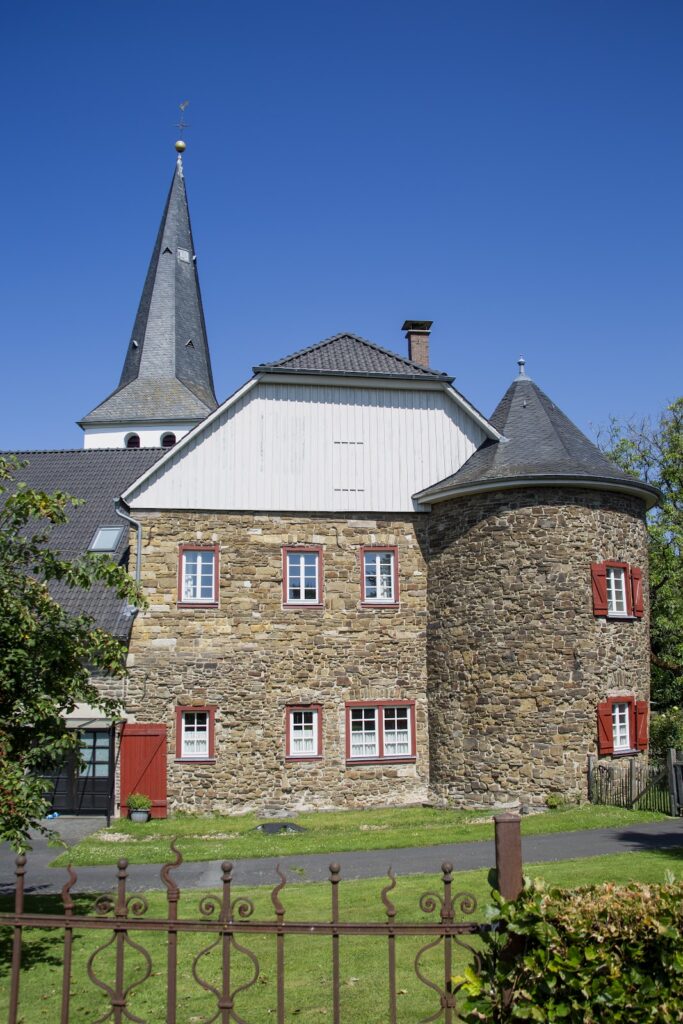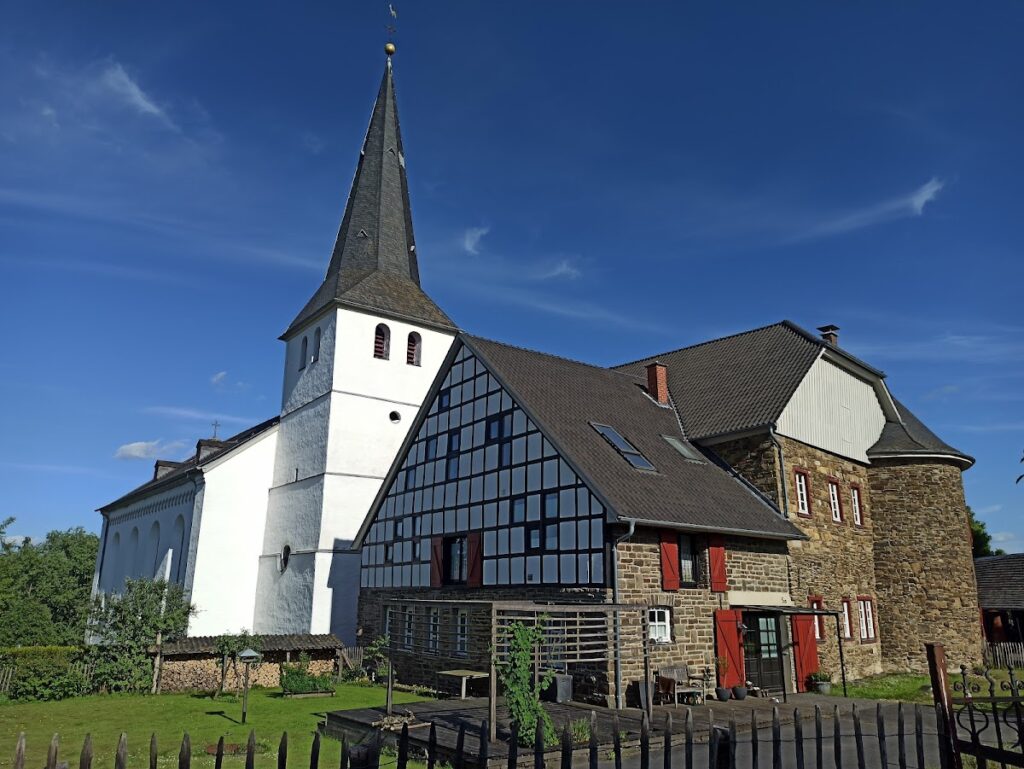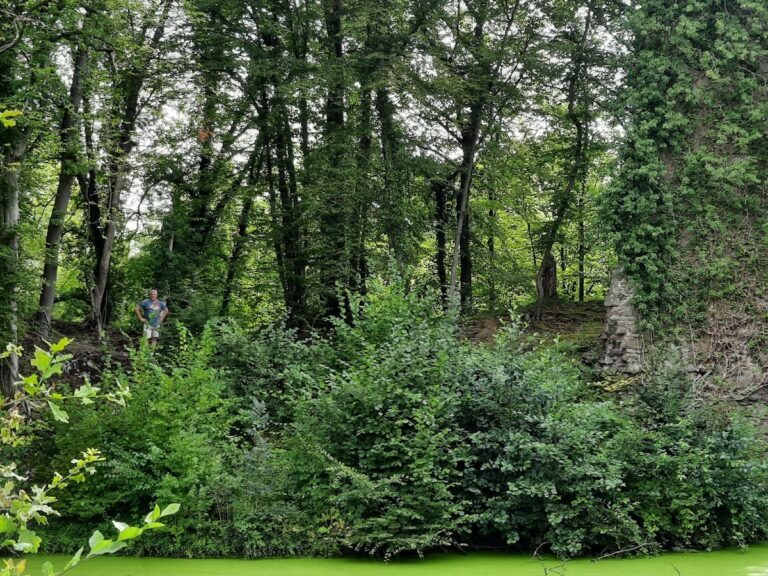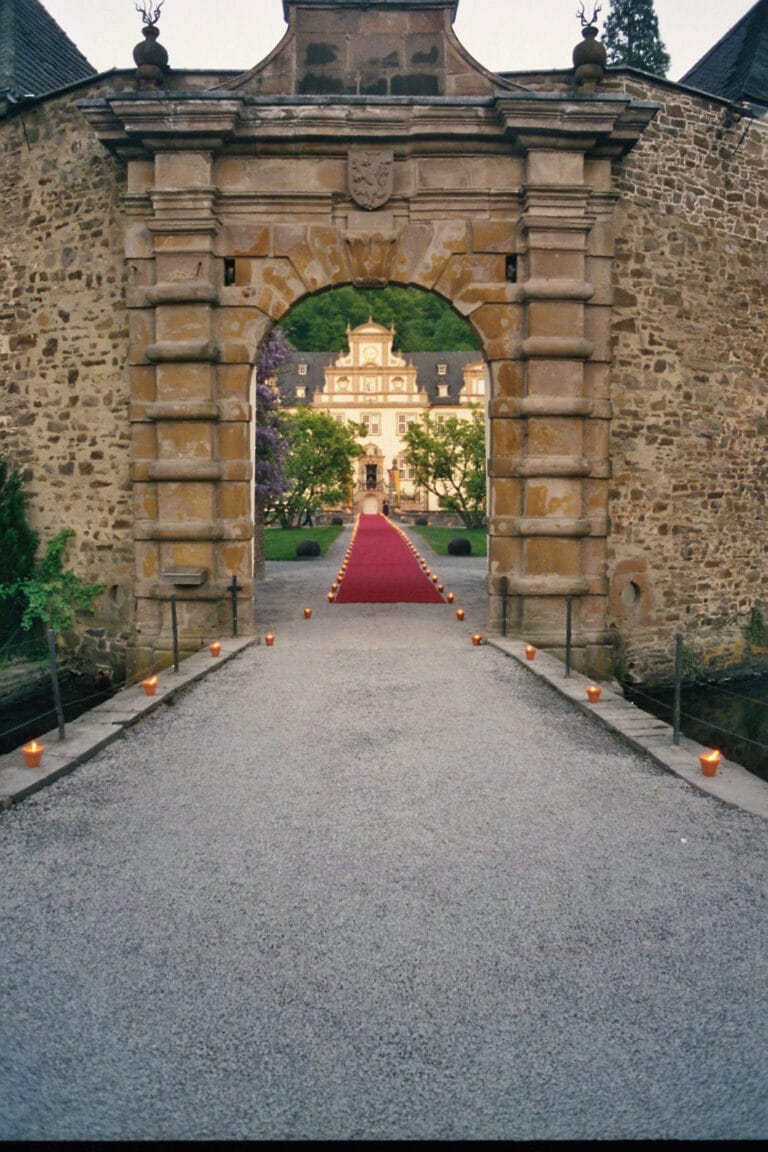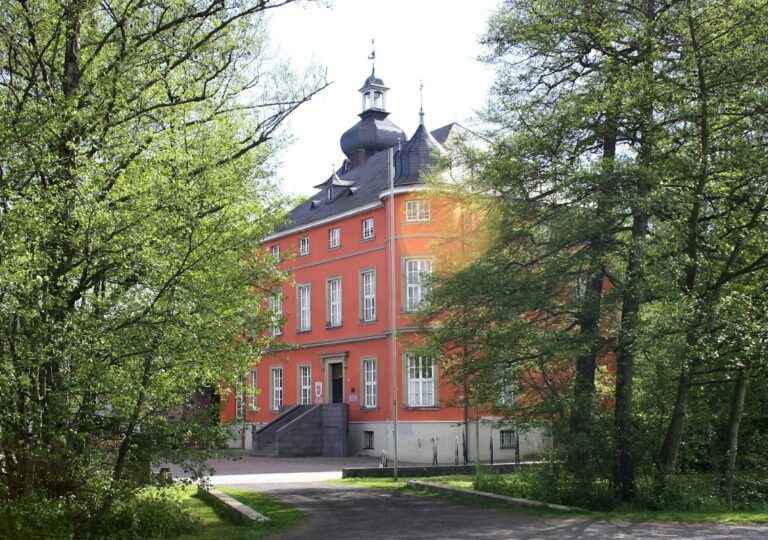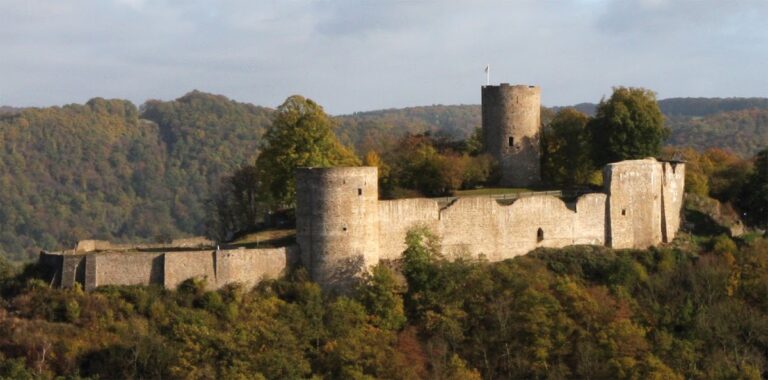Burg Honrath: A Historic Castle in Lohmar, Germany
Visitor Information
Google Rating: 4.6
Popularity: Very Low
Official Website: de.wikipedia.org
Country: Germany
Civilization: Unclassified
Site type: Military
Remains: Castle
History
Burg Honrath is situated in the village of Honrath, within the city of Lohmar, Germany. It originated as a hilltop castle built by medieval German nobility and first appears in historical records in the early 12th century.
The earliest mention of the site dates back to 1117, when a noble named God(e)fried donated his allodium—land held in absolute ownership—called “Hagenroth” to the Siegburg monastery. This act marks the castle’s initial recognition in surviving documents. Over the following centuries, ownership shifted through a series of noble families. Among these were Theoderich von Hengebach and Arnold von Hückeswagen in the High Middle Ages. From 1259, the Counts of Sayn zu Blankenberg took possession, followed by the Lords of Loen-Heinsberg and the Counts of Berg in 1363. In 1393, the property passed into the hands of the Collegiate Church of Düsseldorf, indicating a religious association during this period.
During the 16th century, the castle came under the control of Joist Lüninck, a notable figure remembered in local lore for his heavy drinking and flirtatious behavior. A famous anecdote tells how a local woman outwitted him into marriage using Malvasier wine from the castle’s cellar, a drink that became a well-regarded cellar reserve afterward. Ownership later transferred to the Lords of Proff zu Menden in the early 1700s and, by the 19th century, to the Barons of La Valette St. George starting in 1825. Since 1930, Burg Honrath has been privately owned but no longer by noble lines.
Adjacent to the castle is the village church of St. Margaretha, among the oldest buildings in Honrath. Originally Catholic, the church became Protestant in the 17th century, reflecting wider religious changes. Its patronage was assigned in 1209 to a Benedictine nunnery in Gräfrath near Solingen, connecting the site to regional religious institutions. Throughout these centuries, Burg Honrath remained an important local stronghold and residence, maintaining its place as a historic monument recognized by the city of Lohmar.
Remains
Burg Honrath presents itself primarily as a well-preserved castle house erected in the 16th century, built upon much older Romanesque foundations. The structure employs rubble stone masonry, providing a sturdy and fortified appearance, especially noticeable in its towers. Its position on a gently sloping ridge overlooking the Aggertal valley at 162 meters above sea level offers strategic views and defensive advantage.
Key surviving elements of the earlier Romanesque castle include barrel-vaulted cellars and part of the eastern wall of the current estate’s economic building. These vaulted chambers bear witness to the medieval construction techniques used in the site’s initial phases. Near the castle, the original Romanesque church tower served dual purposes as both a dwelling and a defensive tower. In later centuries, this tower was adapted into a freestanding bergfried—the main fortified tower typical of medieval castles. This bergfried remained connected to the main castle building by an upper-level arched gallery, linking residential and defensive functions.
The castle’s overall layout emphasizes its fortified character with sturdy walls and towers arranged to optimize defense. While still inhabited today, the castle is privately owned, and access is limited to views from nearby roads. The adjacent grounds include a garden and agricultural buildings also privately held, though agricultural products are sold from the property, allowing some degree of public interaction.
Together with the neighboring St. Margaretha church, Burg Honrath forms the oldest architectural complex in the village, encapsulating both the residential fortifications of medieval nobility and the religious heritage that shaped the community’s history. The castle endures not only as a residence but as a preserved monument illustrating centuries of regional development and architectural evolution.
